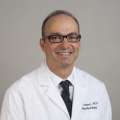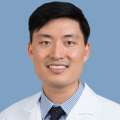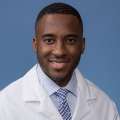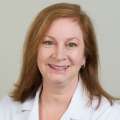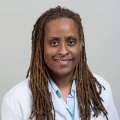Global Health Equity
Mission
To be at the forefront of various aspects of global health equity work in anesthesia around the world through education, research and advocacy by working hand in hand with collaborators in low-resource settings.
Resident Training Pathway
Focus Areas
- Education: Lectures, simulation courses, workshops etc. by UCLA residents and faculty
- Clinical Work: Focused on teaching and capacity building including observership opportunity for global scholars
- Research and Quality Improvement: Working hand in hand with local “champions” to tackle an issue that is deemed priority within the local community in the form of research or quality improvement project that our residents lead under the mentorship of our core faculty
- Advocacy: Representing DAPM at national and international global health meetings and events
Resident Rotation Sites
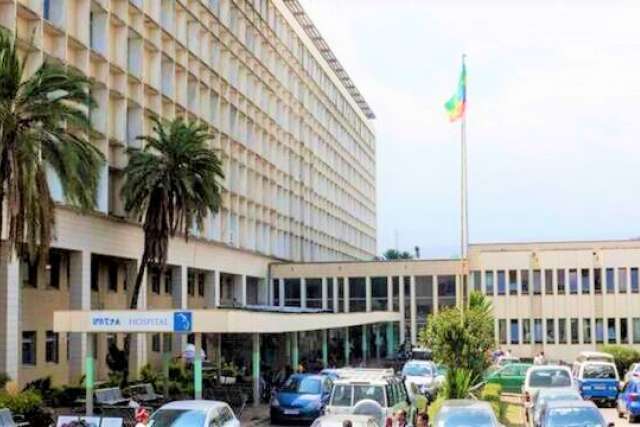
Black Lion Hospital
Addis Ababa, Ethiopia
Black Lion Hospital was established in 1964 and is a main teaching hospital for both preclinical and clinical training of most disciplines in the School of Medicine of Addis Ababa University.
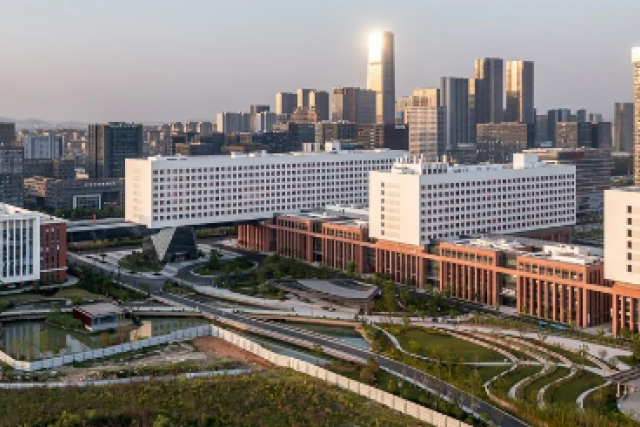
Zhejiang University School of Medicine
Hangzhou, China
Zhejiang University School of Medicine was established in 1912 making it one of the first modern medical schools in China. It is also the first medical school combined with a teaching hospital.
Core Faculty
Updates and Events
Our physicians and nurse anesthetists regularly participate in medical care around the world. Our department supports charitable work as well as educational travel by our faculty and staff. Read more about our about our recent international work:
Featured Projects
Our Work
Resident Reflections
International Research Program
Our department, known for providing world-class patient care, research, and education, attracts many international physicians to study and visit here, either as researchers or observers. Often, the visitors are interested in the work of our busy liver transplant service.
International doctors who wish to perform research must apply for an Exchange Visitor Program J-1 visa. The minimal period of study is six months. Those who simply want to observe our clinical operations or research may spend as little as a week or several months here, and can visit as tourists with a B1 or B2 visitors’ visa. International physicians come from a wide range of countries including China, Thailand, Korea, Taiwan, Singapore, Canada, and Egypt. We have also hosted physicians from Europe and Latin America.
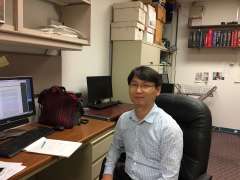
In 2017, five international researchers have worked with our liver anesthesia group.
- Dr. Hyun Sik Chung recently arrived at UCLA from the Catholic University of Korea in Seoul, where he practices anesthesiology, and will be with us for a year.
- Dr. Ahmed Mohamed Abdelmotaleb Abdelhafez, an anesthesiologist from Assiut University in Egypt, came to us in early 2015 and returned home in April. Dr. Ahmed studied postoperative pain and its effect on liver transplantation patients, and found that high-level postoperative pain was associated with worse post-transplant outcomes.
- Dr. Xiangrong Zuo is an intensivist from Nanjing Medical University, Nanjing, China, who spent a year with us and returned to China in October. Dr. Zuo examined the prevalence and the effect on perioperative outcomes of metabolic syndrome in liver transplant recipients.
- Drs. Naren Bao, from China Medical University in Shenyang, and Vanda Pattaratuma, from Srinakharinwirot University in Thailand, also finished their study with us this year. Their work has been presented at the International Liver Transplantation Society Annual Meeting in Prague, and at the ASA’s recent annual meeting in Boston.
For the international physicians, the main purpose of study at UCLA is to use what they have learned here to advance patient care, research, and education in their home countries and institutions. We are happy to see that many UCLA care models and methods have been embraced by the international physicians who have studied here.
Visiting International Scholars Program
The UCLA Anesthesiology Visiting International Scholars Program is one of our Global Healthcare Initiatives and aims to foster global collaborations through the horizontal sharing of understanding and experience. Visiting international scholars have the opportunity to observe in the operating room or research, attend our Grand Rounds and Resident Didactic Lectures and tour the UCLA Simulation Center. We regularly host international scholars for visits lasting up to four weeks. Read some of their stories.
How to apply
- View eligibility information and application instructions on the UCLA International Physician Observership Program website.
- Contact a UCLA Anesthesiology faculty member from the specialty in which you would like to observe with your request, a CV, and a statement of interest. Alternatively, you may email your request to our administrative office: [email protected]
- To check on the status of your application, contact our administrative office at [email protected] or (310) 267-8686.
See Global Scholar Reflections
Past Visiting Scholars
2018
Dr. Woo Young Jo
2016
Dr. Jae-Woo Ju
2014
Dr. Vesna Durnev
2013
Dr. Pimwan Sookplung
Rungruedee Jansin
2012
Maria Angelini, MS
Gustavo Contreras
Xue Li
Anlu Dai
Fengjiang Zhang
Xiulai Zhang
Zhoupeng Zhen
Weidong Wu
Hongmei Wang
2011
Xiangming Chen, MD
Mohammad Gharavifard, MD
Reza Jalaeian Taghaddomi, MD
Hongmei Wang, MD
2010
Jun Chen, MD
Mohammadali Attari, MD
2009
Hamish Gray, MBChB DA FRANZCA

